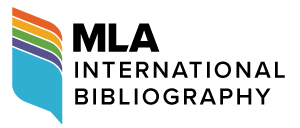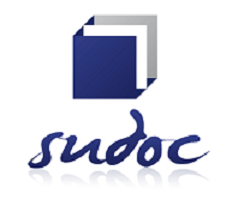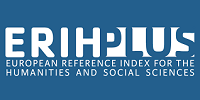Caravaggio at the edge of genres and forms: reevaluated portrait of a revolutionary painter
DOI:
https://doi.org/10.7203/HYBRIDA.9.29450Keywords:
Caravaggio, Border spaces, Generic hybridization, Ekphrasis and hypotyposis, Stories of a reassessment Abstract
Abstract
This article analyzes the treatment of Caravaggio’s life and work in contemporary fiction. If by aesthetic tradition the stories about painters and painting conform and are confined to specific genres, the texts that I approach here demonstrate a generic and scriptural hybridization which brings several border spaces into contact. My remarks thus show the modalities and modulations of the intersection of biography, fiction, history and investigative narrative. Beyond the genres invoked, the pictorial reference also allows the solicitation of various iconic matrices of which ekphrasis and hypotyposis remain the most accomplished forms. By digging into the black holes of art history, La course à l’abîme by Dominique Fernandez and Solitude Caravage by Yanick Haenel offer a reading inspired by an inner experience of the writer. The idea is to propose, in this hybrid space that the text becomes, a different and original reading of the life and work of Caravaggio mediated by stories of a re-evaluation.
 Downloads
Downloads
Downloads
Published
How to Cite
-
Abstract25
-
PDF (Français )26
Issue
Section
License
Copyright (c) 2024 KOUAKOU MARCEL DIBY

This work is licensed under a Creative Commons Attribution-NonCommercial-ShareAlike 4.0 International License.
![]()
All the documents in the OJS platform are open access and property of their respective authors.
Authors publishing in the journal agree to the following terms:
- Authors keep the rights and guarantee HYBRIDA the right to be the first publication of the document, licensed under a Creative Commons license Attribution-NonCommercial-ShareAlike 4.0 International (CC BY-NC-SA 4.0) that allows others to share the work with an acknowledgement of authorship and publication in the journal.
- Authors are allowed and encouraged to spread their work (once published) through electronic means using personal or institutional websites (institutional open archives, personal websites or professional and academic networks profiles) once the text has been published.















